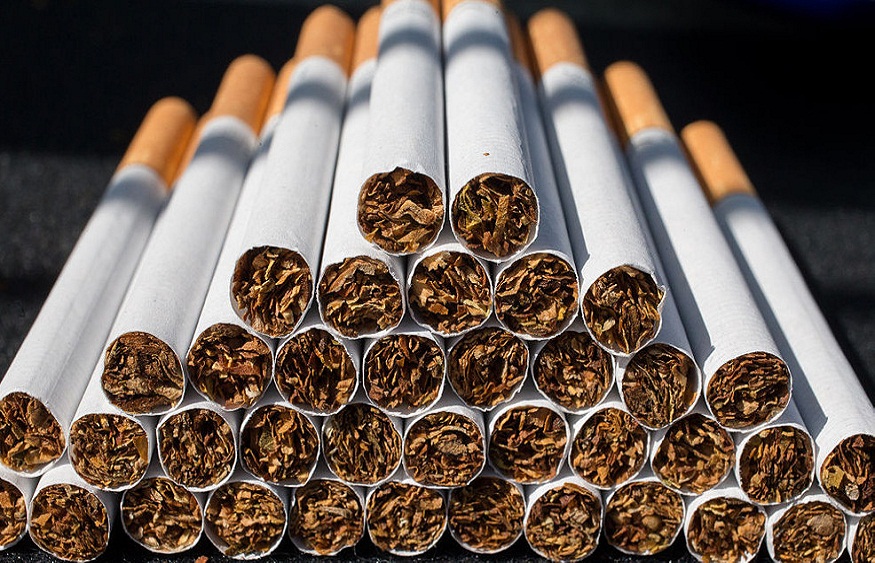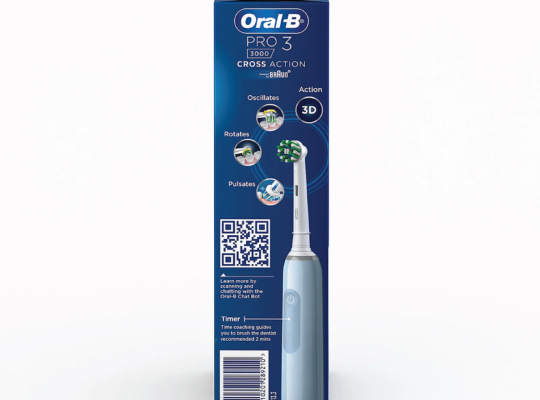Did you know that millions of people enjoy smoking cigarettes every day because of their relaxing and stimulating effects? Call this a vice, but for most of us, this is a quick way to escape depression reality, especially when we’re experiencing downtime. If you always order native smokes online and use them, perhaps you can relate.
As you explore the tobacco world, you will come across various products and brands with varying costs. You may choose a cheaper or more costly product based on your needs or preferences. But as a smoker, you need to choose between commercial and native tobacco products.
Native Tobacco
Indigenous people who use native tobacco for medicinal and spiritual purposes consider it a sacred gift. Note that Indigenous people are very diverse and comprise many nations and tribes, all with a unique relationship with the product.
Although ingredients and methods vary across communities, native tobacco is hand-prepared carefully and provided respectfully for ceremony, healing, and prayer. When used for medicinal purposes or in ceremonies, the product is not linked with adverse health impacts or addiction. Giving the product shows your appreciation, gratitude, and respect for guidance in spiritual matters.
Commercial Tobacco
Companies manufacture commercial tobacco for customary and recreational use in hookahs, cigars, pipe tobacco, cigarettes, smokeless tobacco, and e-cigarettes. Commercial tobacco products are sold and produced in masses for profit. They contain a lot of chemicals and produce more than 6,000 chemical elements if burned, most of which are carcinogenic and cause heart illnesses or premature death.
Nicotine, which is the primary addictive component in commercial tobacco products, cause immediate stimulation in users, often followed by depression, making them crave more. Apart from addiction, the products increase the risks of accelerating our heart rate and reducing the supply of oxygen to our body tissues. They also raise blood and constrict pressure, weakening our organs, including the heart.
The Key Differences
Are you still unsure if you should get a native or commercial product? If yes, then here are the key factors to look at when deciding which product to get:
- Effects – The impact heavily depends on the nicotine shortage or the chemicals you consume at a particular time. In addition, consider the potency of both products because some can be more potent than others.
- Cost – Commercial tobacco products come at a higher price than native ones. The price is determined by several factors, like raw materials’ price, marketing, and brand. In addition, the price can vary based on the seller, so choosing a reliable vendor is key.
- Availability – Commercial and native products vary in accessibility based on our locations. A commercial brand is readily available and widely distributed in many places, whereas a native one is more region-specific.
- Aroma—Commercial tobacco products are often infused with additives, lending a unique scent. This scent is different from the natural smell of native tobacco.
The bottom line is that knowing the key differences between these two products is important, especially if you work with American Indians. Most indigenous people still use native products for prayer and healing, so respect their customs and beliefs.










